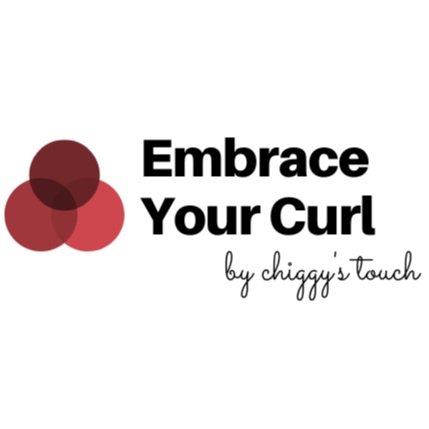"Tools for Microlocs Retightening and Traditional Locs Budding: A Comprehensive Guide"
Maintaining and grooming locs is a meticulous process that requires the right tools and techniques. Whether you have traditional locs or the smaller, more intricate microlocs, knowing which tools to use for reties and budding is essential for keeping your locs healthy and looking their best. In this guide, we'll explore the essential tools for both microlocs retie and traditional locs budding, helping you achieve the perfect look for your natural hair.
Tools for Microlocs Retie
Microlocs are known for their smaller, more refined appearance, and maintaining them requires precision and care. Here are the tools you'll need for microlocs retie:
Microloc Retie Tool: This specialized tool is designed for microlocs and helps in interlocking the roots to maintain the locs' structure. It often resembles a thin, pointed hook or needle with a latch that allows you to pull the hair through the locs. Popular brands like Sisterlock and Nappylocs offer high-quality retie tools.
Clip or Hairpin: Use clips or hairpins to section off small portions of hair while working on your microlocs. This helps keep the rest of your hair out of the way and ensures you can focus on one loc at a time.
Spray Bottle with Water or Loc Spray: Moisturizing your microlocs is crucial. A spray bottle filled with water or a specially formulated loc spray will keep your hair hydrated and make it easier to retie and style your locs.
Light Oil : To prevent excessive dryness and breakage, apply a light oil to the locs and scalp. This helps to maintain the elasticity of your hair and reduces the risk of damage during reties.
Hair Ties: Use hair ties to secure sections of hair temporarily while you work on other locs. This prevents them from unraveling or getting tangled.
Tools for Traditional Locs Budding
Traditional locs, often thicker and larger than microlocs, also require proper tools for budding. Budding is the process of allowing new hair growth to form into mature locs. Here are the essential tools:
Rattail Comb: A rattail comb is a fine-toothed comb with a long, pointed tail. It's essential for parting your hair into neat sections, which is crucial for budding traditional locs.
Clips or Hairpins: Just like with microlocs, clips or hairpins are necessary for keeping sections of hair separated while you work on budding your traditional locs.
Loc Gel or Aloe Vera Twist Gel : Loc gel or Aloe Vera Twist Gel helps to bind the new growth to the existing locs, encouraging the formation of mature locs. Be sure to choose a product that is specifically designed for locs to avoid buildup and residue.
Microfiber Towel or T-shirt: Traditional towels can be too harsh on locs and may lead to frizz. A microfiber towel or a soft, old T-shirt is gentler and helps to absorb excess moisture without causing damage.
Hair Dryer: A hair dryer with a diffuser attachment can be useful for speeding up the drying process after applying loc gel or wax.
Maintaining and nurturing your locs, whether microlocs or traditional locs, requires the right set of tools. For microlocs retie, precision tools like the microloc retie tool are indispensable, while traditional locs budding calls for tools like the rattail comb and loc gel. By investing in the proper tools and following a consistent maintenance routine, you can keep your locs looking healthy, neat, and vibrant for years to come. Remember to consult with a professional loctician if you're unsure about using any of these tools or techniques, as they can provide valuable guidance tailored to your specific hair type and loc style.
